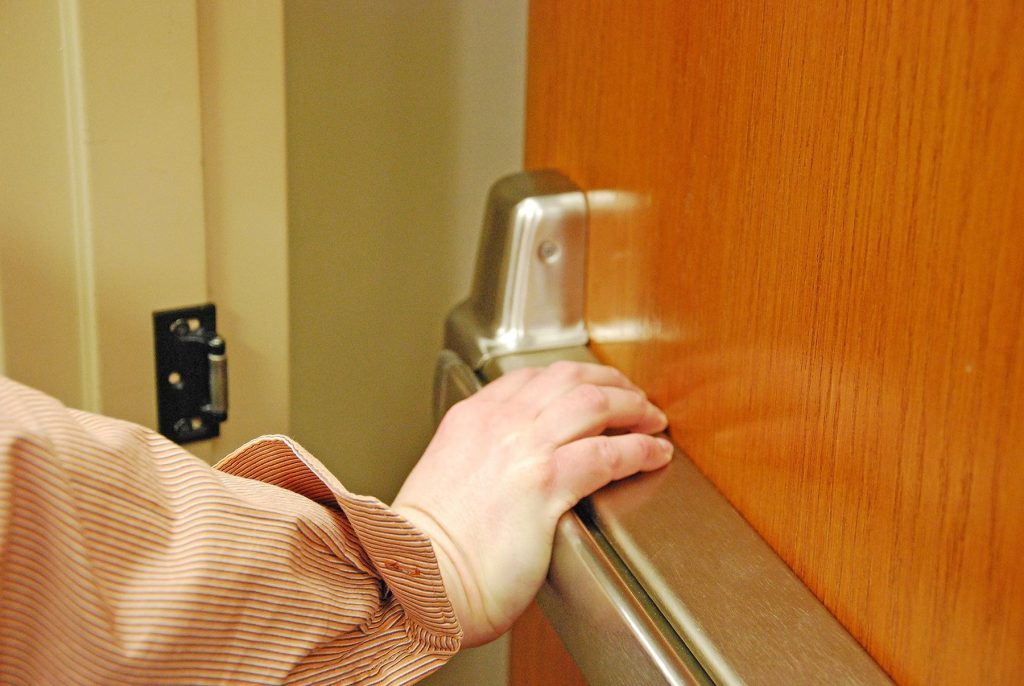In the dynamic and demanding environment of healthcare facilities, ensuring accessibility is paramount. For healthcare providers, adhering to regulatory standards is not just a matter of compliance; it’s about creating an inclusive and accessible space for all patients and visitors. Among the various aspects of accessibility, the installation of ADA-compliant door locks is of critical importance. In this article, we will explore the significance of ADA-compliant door locks in healthcare facilities and provide a comprehensive guide to meeting these regulatory requirements.
Understanding ADA-Compliant Door Locks
The Americans with Disabilities Act (ADA) is a federal law that sets standards for accessibility in public places, including healthcare facilities. ADA-compliant door locks are designed to ensure that individuals with disabilities can easily and independently navigate through doors and access various areas within a facility nextnationalday .
Key features of ADA-compliant door locks include:
- Lever Handles: Instead of traditional round doorknobs, ADA-compliant locks often feature lever handles. Lever handles are easier to operate for individuals with limited hand strength or dexterity.
- Clear Opening Width: ADA regulations specify the minimum clear width of door openings, ensuring that wheelchairs and mobility devices can easily pass through without uniquelastname obstructions.
- Low Operating Force: ADA-compliant locks should require minimal force to operate,
making them accessible to a wide range of individuals.
Significance of ADA-Compliant Door Locks in Healthcare Facilities
- Patient Access and Privacy: In healthcare facilities, patient privacy and security are of utmost importance. ADA-compliant door locks ensure that patients, including those with disabilities, can access examination rooms, restrooms, and other areas with ease while maintaining privacy and confidentiality.
- Inclusive Environment: Healthcare facilities are frequented by individuals with diverse needs, including those with mobility impairments, visual impairments, or cognitive disabilities. ADA-compliant door locks create a more inclusive environment where everyone can navigate the space comfortably.
- Legal Compliance: Compliance with ADA regulations is not optional—it’s a legal requirement. Non-compliance can result in legal consequences, including fines and lawsuits. Healthcare facilities must invest in ADA-compliant door locks to avoid these potential issues.
Meeting ADA Door Lock Requirements
To ensure that your healthcare facility meets ADA door lock requirements, consider the following steps:
- Audit Existing Door Locks: Conduct a thorough audit of all door locks in your facility to identify any that do not meet ADA standards.
- Upgrade Non-Compliant Locks: Replace non-compliant door locks with ADA-compliant alternatives. This may involve installing lever handles, ensuring proper clear opening widths, and adjusting operating forces.
- Consult with Experts: Engage with locksmiths or security professionals who specialize in ADA-compliant door hardware. They can help you select and install the right locks for your specific needs.
- Regular Maintenance: Once ADA-compliant door locks are in place, implement a regular maintenance and inspection schedule to ensure ongoing nationaldaytime compliance.
Conclusion
Meeting ADA requirements for door locks in healthcare facilities is not just a legal obligation; it’s a commitment to creating an accessible and inclusive environment for all patients and visitors. ADA-compliant door locks play a crucial role in ensuring that individuals with disabilities can access healthcare services with dignity and ease. By investing in these accessible solutions and following the steps outlined in this guide, healthcare facilities can uphold the principles of inclusivity and provide equal access to care for all.

